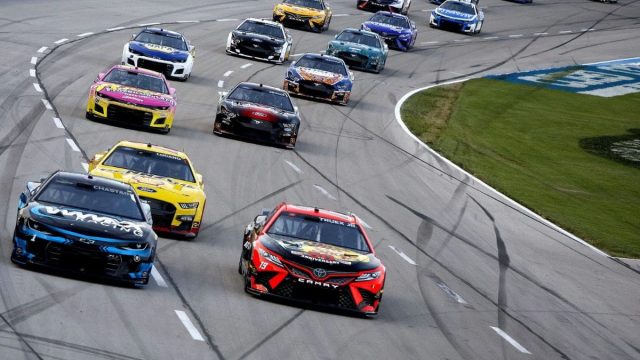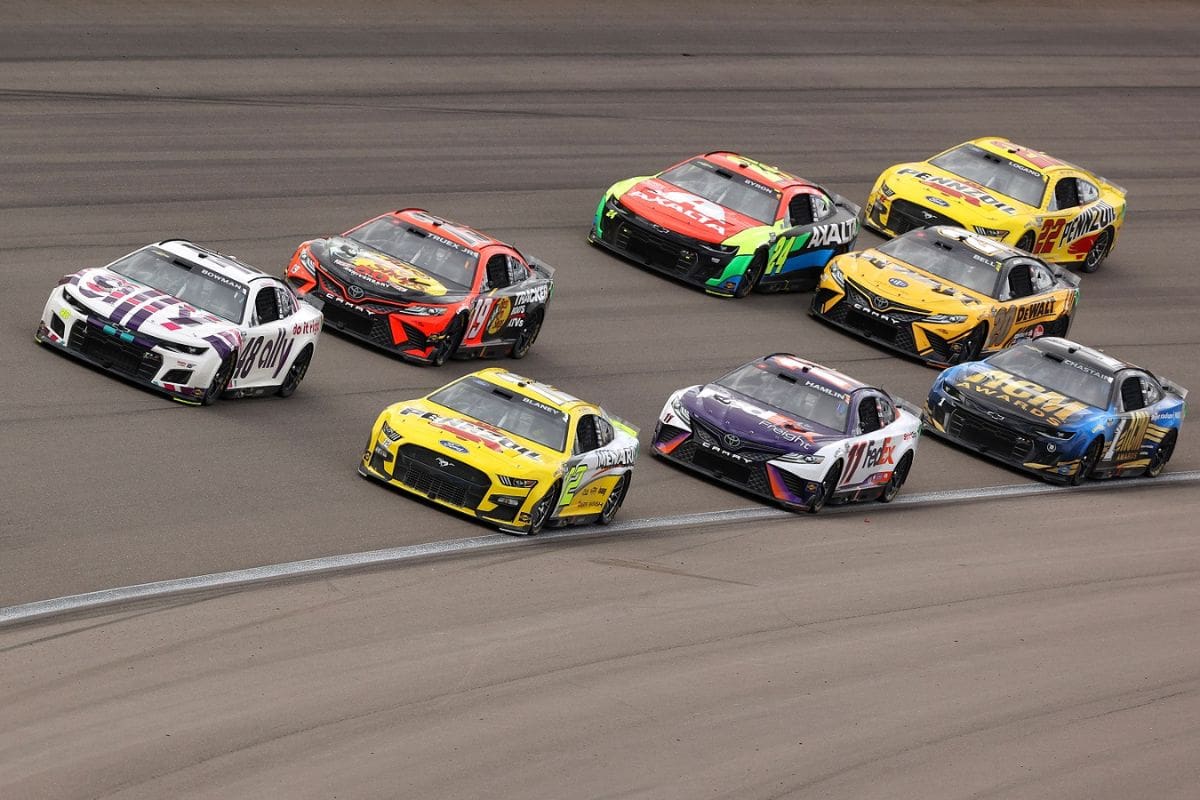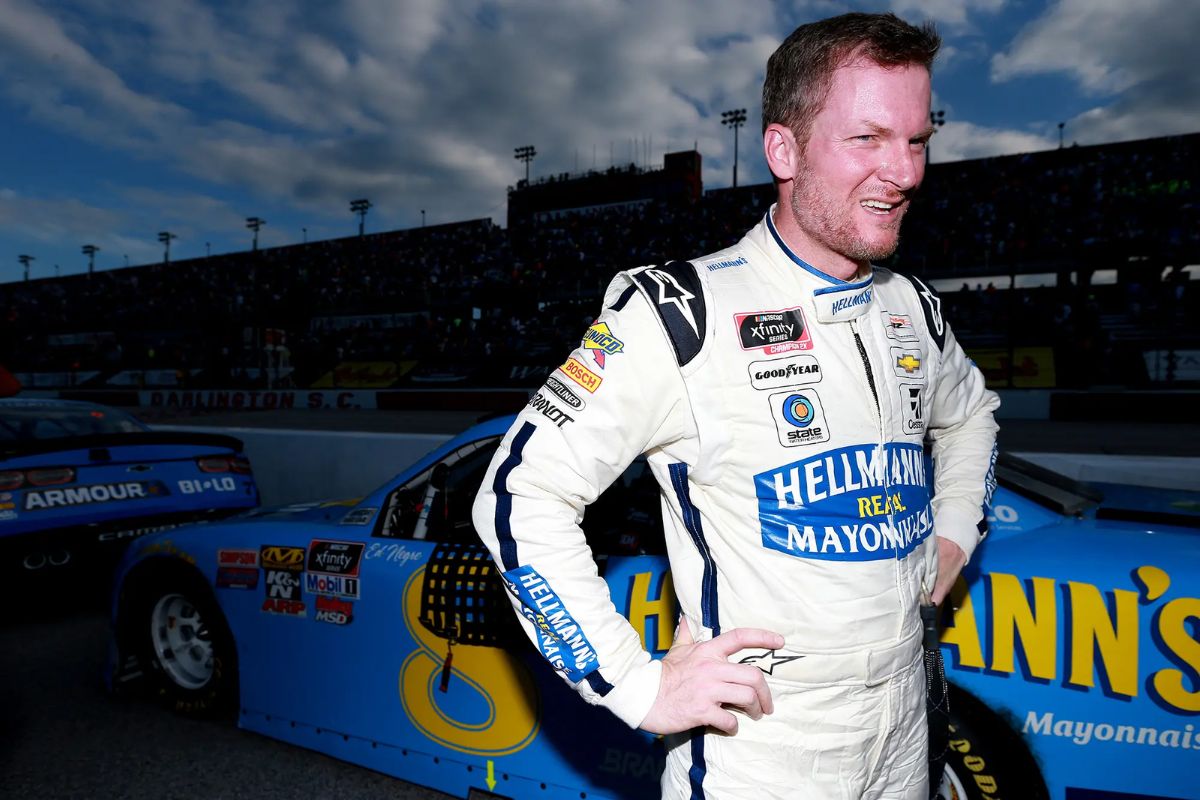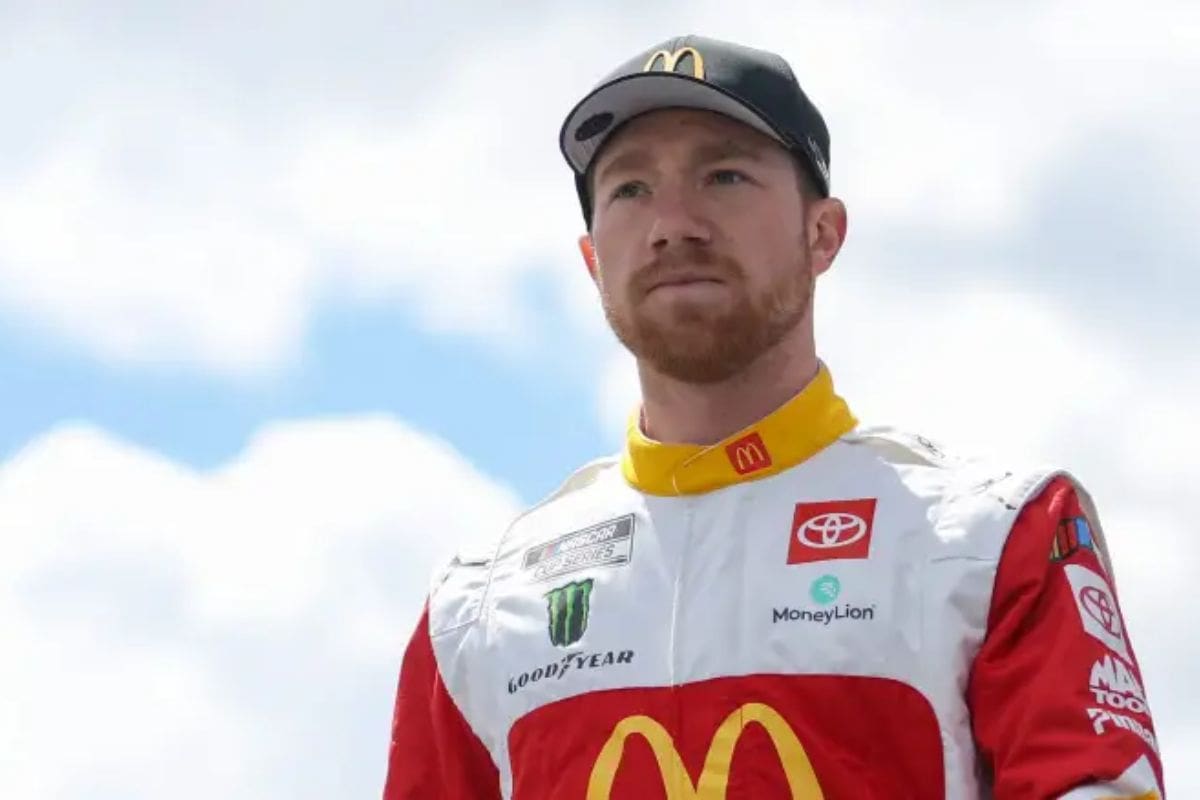Dale Jr. Blames NASCAR Drivers for Costly Wrecks: Dale Earnhardt Jr. sheds light on a troubling trend within NASCAR linked to the Next-Gen car, revealing how its design may encourage aggressive driving that leads to costly wrecks. This behavior shows the frequency of incidents on the track and greatly shows team finances, as even minor damages can escalate into substantial repair bills. Additionally, the reliance on specialized vendors for parts amplifies these financial challenges. As the sport grapples with these mounting tensions, the pressing question remains: what reforms are necessary to guarantee both competitive integrity and driver safety?
Key Highlights
- The Next-Gen car’s design encourages aggressive driving behaviors, increasing the likelihood of costly wrecks during late race restarts.
- Rising repair costs from minor damages stem from reliance on specialized vendors, contrary to the initial goal of cost reduction.
- Increased crash frequency leads to higher demand for expensive components, further straining team budgets and profitability.
- The traditional driver code results in reckless tactics, contributing to dangerous situations on the track.
- Ongoing discussions about safety reforms emphasize the need for accountability and a return to sportsmanship among drivers.
Chaotic Late Race Restarts in NASCAR
Environment of NASCAR, late race restarts have emerged as a point of both excitement and controversy. This season, incidents at tracks like Talladega and Richmond have highlighted the chaotic nature of these essential moments.
Drivers, often driven by the need to secure points or improve their standings, are increasingly resorting to aggressive tactics during late restarts, resulting in costly wrecks that not only affect their own teams but also reverberate through the entire competitive landscape.
While fans revel in the thrilling spectacle of high-speed battles, team owners such as Dale Earnhardt Jr. express growing concern over the implications of these reckless tactics. The unpredictability of late race restarts, coupled with the challenges posed by the Next-Gen car, has created a perfect storm of volatility on the track.
The car’s design and performance characteristics have not only heightened the intensity of racing but have also contributed to a series of incidents that can swiftly alter the outcome of a race.
Drivers find themselves steering through a complex web of expectations and limitations; they are compelled to optimize their chances within a framework that often rewards risk-taking. However, this urgency can lead to decisions that compromise safety and escalate costs.
As NASCAR grapples with the consequences of these chaotic restarts, it becomes increasingly clear that both drivers and team owners must engage in a dialogue about accountability, strategy, and the evolving nature of competition in the sport.
Dale Earnhardt Jr. Discusses NASCAR’s Rising Costs
Rising costs in NASCAR have become an increasingly pressing concern, prompting industry veterans like Dale Earnhardt Jr. to address the financial strains facing teams. The escalating expenses associated with operating a race team have led to discussions among team owners, revealing the unsustainable nature of the current model. Even elite teams such as Hendrick Motorsports struggle to convert substantial investments into profits, emphasizing a troubling trend within the sport.
“We don’t make money, right? I don’t think Hendrick Motorsports has made a profit in 10 years.” – Gordon
The introduction of the Next-Gen car was intended to alleviate some of these financial burdens; however, it has inadvertently compounded them. Minor damages, such as a dent or on a bumper, may seem inconsequential but can result in considerable repair costs due to the reliance on authorized vendors. This has created a financial landscape where even small mishaps lead to substantial expenditures, further straining team budgets.
As Earnhardt Jr. emphasizes, the financial challenges facing NASCAR teams require urgent attention to guarantee the sustainability and competitiveness of the sport. Addressing these issues is crucial for preserving the integrity and future of NASCAR racing.
Dale Jr. Criticizes NASCAR’s Vendor System
The financial implications of the Next-Gen car extend beyond mere repair costs; they are exacerbated by NASCAR’s vendor system, which Dale Earnhardt Jr. has critically examined. In a recent discussion on the DJD podcast, Earnhardt highlighted how the structural design of the Next-Gen car, while intended to improve safety, inadvertently encourages aggressive driving behavior.
This dynamic leads to a notable uptick in costs as drivers exploit the reduced performance penalties associated with reckless actions. Earnhardt pointedly demonstrated this issue by referencing the substantial expenses incurred when a driver damages $10,000 worth of bodywork merely to gain a handful of positions on the track.
“They do, they beat the shit out of these cars because there’s less of a performance penalty. But it does bend that $500 freaking aluminum brace on the right front of the bumper; there’s like six of them across the bumper. I’m sure that damn thing ain’t cheap. I’m talking about the guy that’s restarting 30th dive bombs down on the inside at COTA and destroys $10,000 worth of bodywork to get five spots.”-(DALE JR.)
Furthermore, Earnhardt criticized NASCAR’s reliance on external vendors, which he argues creates a monopolistic environment detrimental to teams. The necessity to purchase specialized components—such as the aluminum braces and carbon fiber parts—exacerbates financial strain on teams already grappling with escalating operational costs.
“All this carbon fiber, all these purpose-built parts that we have to buy from these other third-party people are expensive. As they made that car absorb the crashes better, that means sh*t getting torn up, that means more damage to the cars. The third-party vendors, they got the monopoly on bumpers, right?.”-(DALE JR.)
He emphasized that the increased frequency and severity of crashes, a byproduct of the car’s design, amplify the demand for these costly components, thereby enriching the vendors at the expense of the teams.
Martin Truex Jr. and Tyler Reddick Frustrated After Watkins Glen
Frequently, road course races are anticipated to deliver unexpected outcomes and thrilling moments, but the recent event at Watkins Glen left many drivers, including Martin Truex Jr. and Tyler Reddick, feeling disillusioned. The race proved to be a striking reminder of the competitive demands within NASCAR, particularly as playoff aspirations hung in the balance.
Truex Jr., already below the cutline, was in desperate need of points to secure his playoff position. Despite an early victory in Stage 1, his performance deteriorated, culminating in a disappointing 20th-place finish.
“I just don’t really understand how guys can call themselves the best in the world when they just drive through everyone on restarts at the end of these races. It’s very frustrating, but it is what it is these days. I’m out of here.”-(TRUEX JR.)
- Only two of the 16 playoff drivers managed a top-10 finish.
- Truex Jr. described the post-restart chaos as disheartening and questioned the integrity of those who drive recklessly.
- Reddick, likewise affected, expressed disappointment over the lack of respect shown by fellow competitors.
- The unpredictability of road course racing was overshadowed by poor driving practices.
- The Next-Gen car’s implications on driver conduct were called into question by several participants.
Both drivers’ sentiments reflect a deeper concern within the NASCAR community about safety and competitive fairness. As the season progresses, the need for a reevaluation of racing standards becomes increasingly critical, highlighting the importance of maintaining the integrity of the sport while ensuring that competition remains fierce yet fair.
Tyler Reddick on the Lack of Driver Code
Reflecting on the evolving dynamics of NASCAR, Tyler Reddick voiced his concerns regarding the diminishing sense of a “driver code” among competitors. This notion, once a cornerstone of racing etiquette, appears increasingly obsolete, particularly in the context of the Next-Gen car‘s design and the aggressive driving behaviors it has fostered. Reddick’s experience at Watkins Glen, where he failed to secure a top 10 finish for the initial time in three years, highlights the impact of this shift.
“There is no more driver code. It’s gone. I got home, and I was on the couch and saw Martin Truex Jr.’s post-race comments. And it’s so relatable. It is what it is. I hope that it changes. But with the old car, you could bump a little bit, but you would knock your radiator out.”-(TYLER)
Remarks on SiriusXM NASCAR Radio, Reddick noted how the old car’s mechanical vulnerabilities would naturally curtail reckless tactics; bumping a competitor could risk damaging one’s own vehicle. The current generation, however, seems to embolden a more cavalier approach, where the repercussions of aggressive racing tactics are less pronounced.
Reddick’s pointing to Martin Truex Jr.’s post-race comments emphasizes a shared sentiment among drivers about the erosion of mutual respect on the track. The contrasting behaviors observed during the intense final laps between Chris Buescher and Shane van Gisbergen serve as a reminder of what racing can embody—a spirited yet respectful contest.
Without a driver code, the integrity of racing is jeopardized, leading to a culture where the thrill of competition may overshadow safety and sportsmanship. Reddick’s plea for change reflects a broader desire among drivers to reclaim the values that have historically defined NASCAR, ensuring that competition remains fierce yet principled.
News in Brief: Dale Jr. Blames NASCAR Drivers for Costly Wrecks
Dale Earnhardt Jr. illuminate the critical issues surrounding the Next-Gen car‘s influence on driver behavior and financial implications within NASCAR. The design of the car appears to encourage aggressive driving, leading to an uptick in costly wrecks that burden teams financially. It is imperative that NASCAR reevaluates its vendor system and implements reforms that prioritize both competitive integrity and driver safety, ultimately fostering a more sustainable environment for the sport.
ALSO READ: NASCAR Drivers Who Are in Must-Win Situations to Advance to the Round of 12



